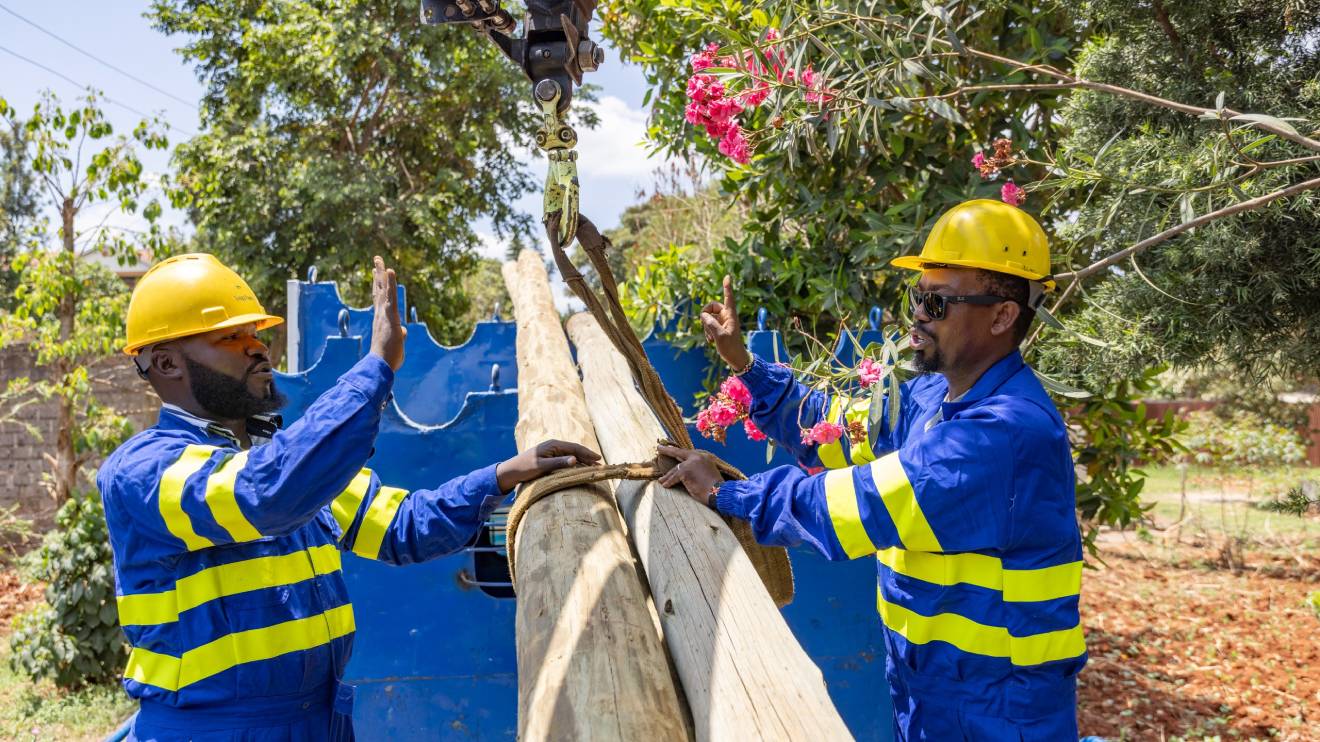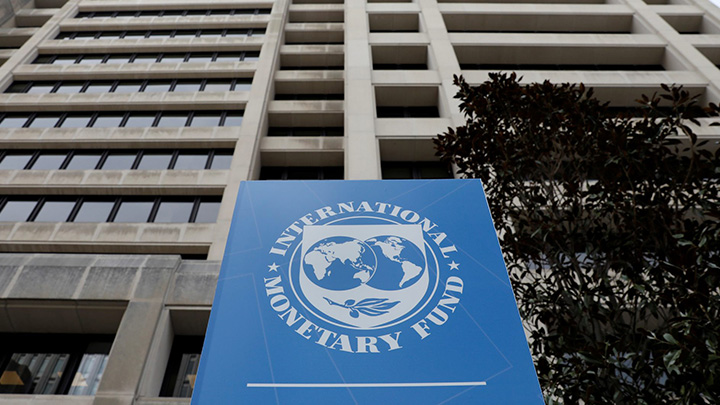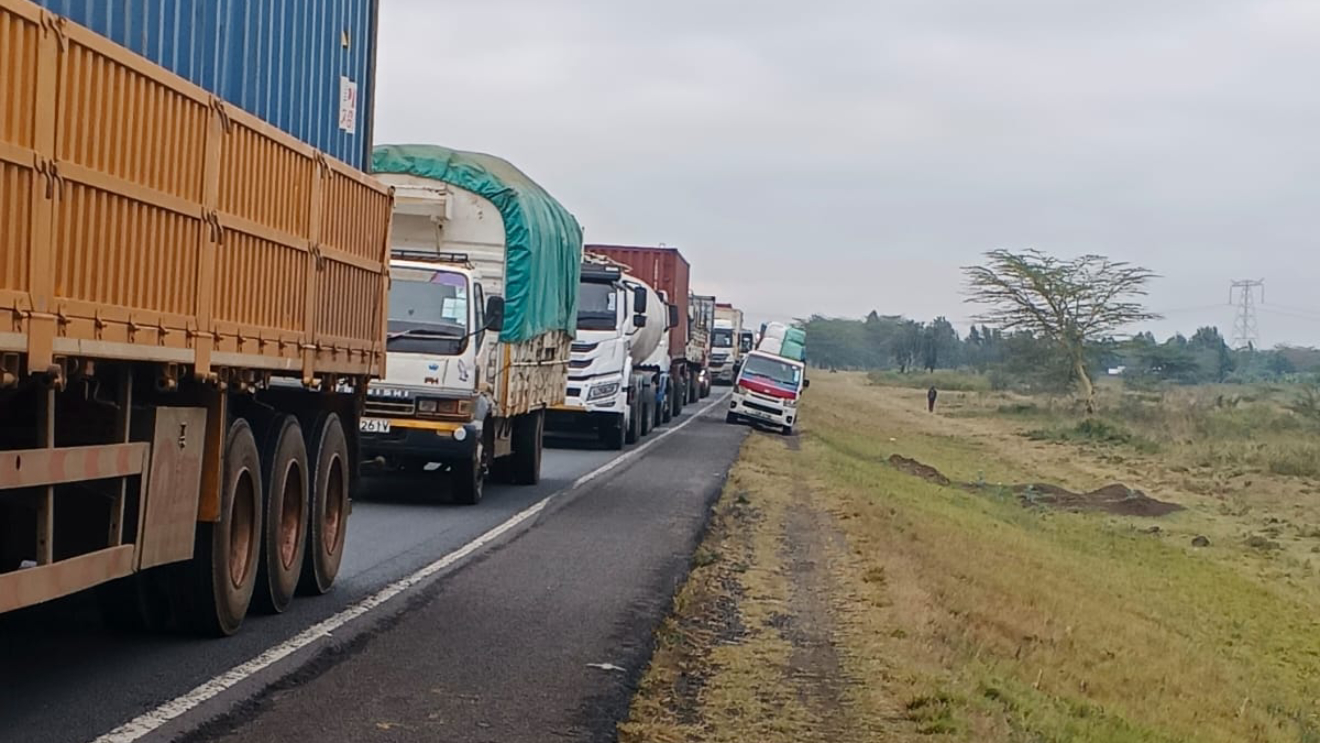Electricity usage across Kenya has reached a record peak, with national demand surging to 2,362.28 megawatts on the evening of July 23, 2025, according to figures from Kenya Power’s National Control Centre.
This new threshold marks the highest electricity demand ever recorded in the country. It comes just weeks after a previous peak of 2,325 MW was logged on July 2, pushing past the earlier February 2025 record of 2,316 MW.
These peak measurements reflect the maximum load on the national grid during periods of highest consumption, monitored in real time from the utility’s control centre.
While analysing the rise in demand, Kenya Power’s Managing Director & CEO, Dr. (Eng.) Joseph Siror highlighted the ongoing rollout of electrification projects and a notable increase in consumption since the start of the year.
“The new peak demand is a testament to our commitment to drive national electricity access through the deployment of various electrification projects," Siror stated.
Read More
"When we look at our electricity dispatch figures, we realise that electricity demand has increased by 46 MW in the last five months since February, when we had the first peak demand this year."
According to Siror, the company expects the momentum to continue as it rolls out more connectivity projects across the country.
Part of the rise is attributed to higher domestic and commercial use of power during the current cold season, which has seen homes and offices rely more heavily on electric heating systems.
At the same time, Kenya Power has expanded its customer base significantly, having connected 401,848 new users in the financial year ending June 30, 2025.
The ongoing implementation of various connectivity initiatives is expected to fuel further growth in consumption.
“We are at various stages of implementation of the last-mile connectivity projects that have been commissioned across the country," Siror said.
"In addition to these projects, the Company is carrying out other connectivity projects targeting various customer categories, including commercial and industrial consumers."
"We expect that the onboarding of these customers will push electricity demand further,” Siror added.
Beyond expanding connections, the utility is also working to reshape how Kenyans consume power by promoting the use of electricity in transport and cooking.
As part of this strategy, Kenya Power plans to install 45 electric vehicle chargers across six counties during the 2025/26 financial year, a move aimed at accelerating the adoption of electric mobility.
To complement this push, four E-cooking hubs have already been established in Nairobi, Mombasa, Nakuru, and Kisumu.
These centres are designed to educate the public on modern electric cooking technologies and encourage more widespread uptake.
The company has also teamed up with various partners to promote e-cooking in institutions such as schools and hotels.
As electricity usage patterns shift and the country’s power needs continue to evolve, Kenya Power is positioning itself to respond with both infrastructure and innovation, aiming to keep pace with rising demand while broadening the applications of grid power across the nation.



-1757663582.jpeg)

-1757586635.jpg)



